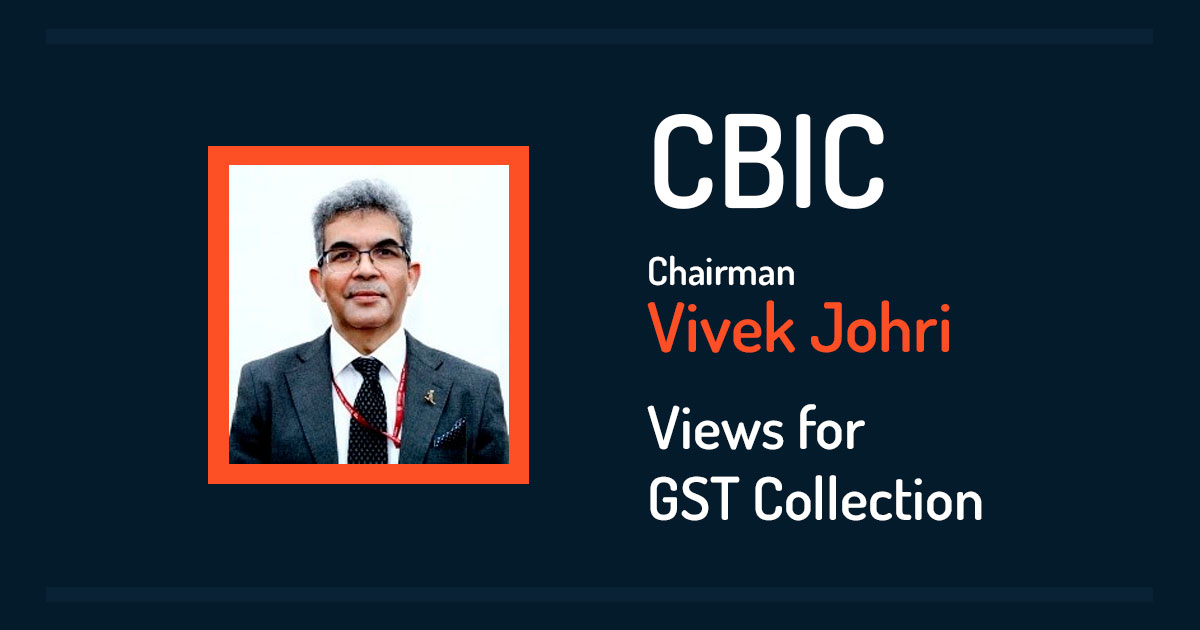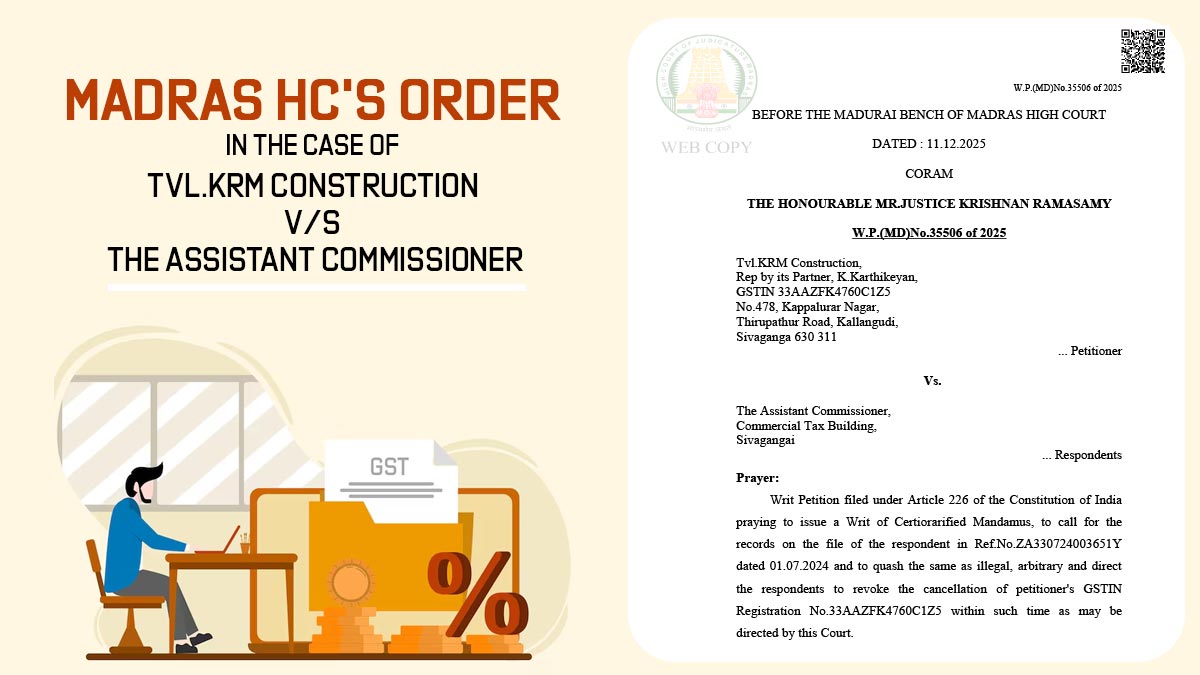
The central board of indirect taxes and customs CBIC is set to increase the scrutiny and departmental audits of the risky assessee to rectify the GST collections through the help of information and technology so as to provide the assurance that the decisions are transparent that the council opts.
Towards the subject of union government indirect tax revenue sources, it is seen that there is a transformation to green mobility from fossil fuel.
This implies that electric vehicle charging stations and service centres would emerge to be the sources of the GST collections. CBIC mentioned that the compliance rectification measures opted by the council are already shown in GST collections and the revenue might get increase through adopting some measures in GST.
CBIC Dept Focuses on
Instead of validating that those who undergo into the tax base can furnish their returns. What is required to see is that there is a need to investigate the GST returns in a proper way to see that the information which has been provided is true and is valid and corresponds effectively through the financials that business has been reported.
The two parts of CBICs compliance management strategy. The states would indeed focus on it.
In the present times, CBIC performed the investigation and audits on the grounds of particular red flags reported by the system as of differences. Now, this audit and scrutiny will be more systematic and should be on the grounds of the risk parameters.
“We are also laying down the methodology of how that scrutiny needs to be done. That is, for a particular type of risk, what are the checks needed to be carried out, and we will mention that to the field officer. Likewise, we will pick up cases for audit,”
Scrutiny varies from audit as an audit would investigate the financials of taxpayers to see if the agreement with what would be furnished in the GST return.
“In this day and age, it goes without saying that it will be technology-driven,” it adds that the procedure runs from data and is automated which makes it the officers easier conduct the investigation along with the transparent inputs upon the requirement to see in the tax returns and the risk attached with it.
The departmental audits are present in the former excise duty and services tax compliance and even in the GST compliance however, the execution is to leverage the extensive information and the IT power where the tax council needs to make it more durable to extend the tax base.
The central and state council that opts for the anti-theft measures has rectified the GST collections. The state administration is also willing to adopt the increase in compliance measures through the state’s GST compensation ends in June.









